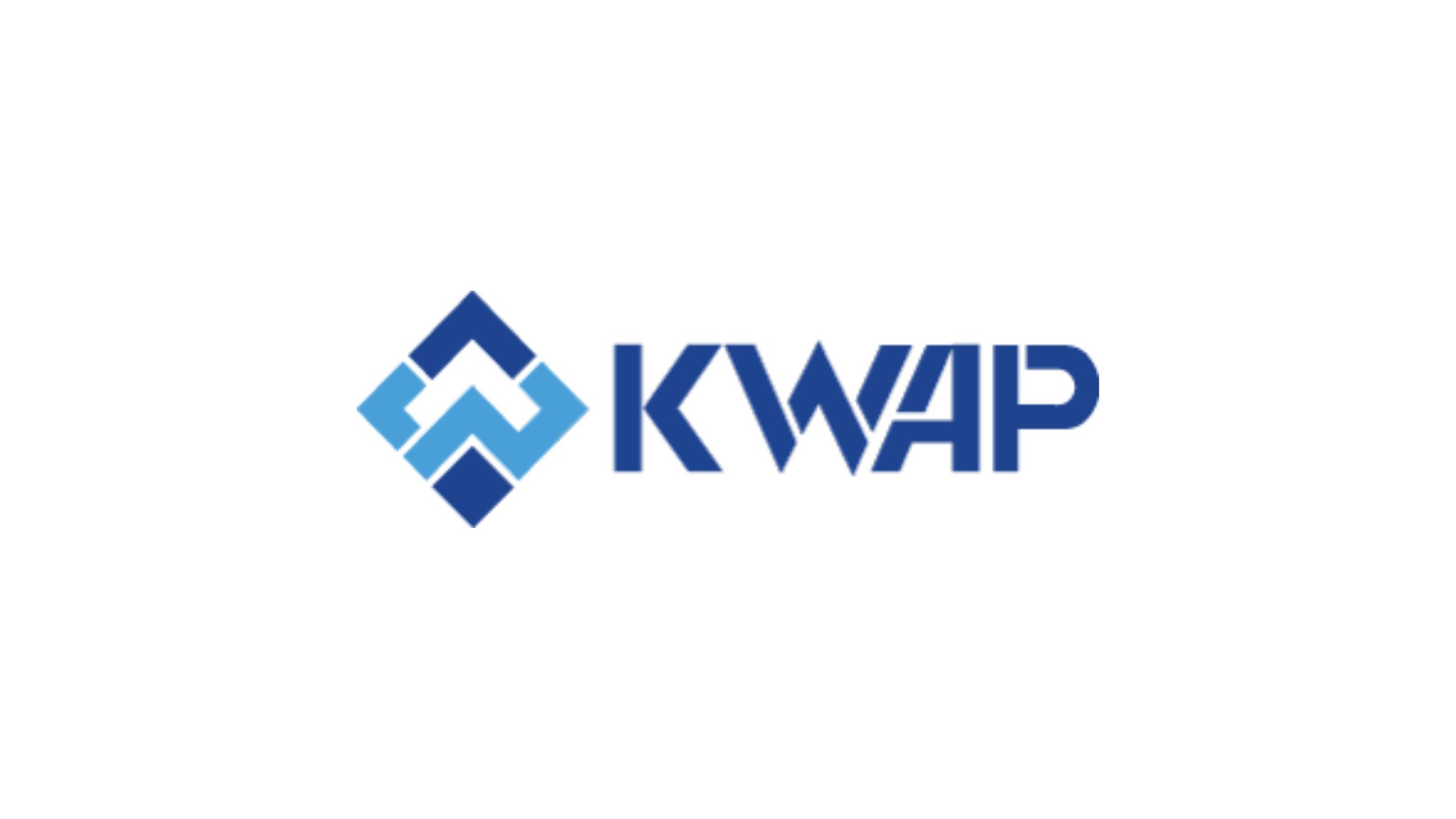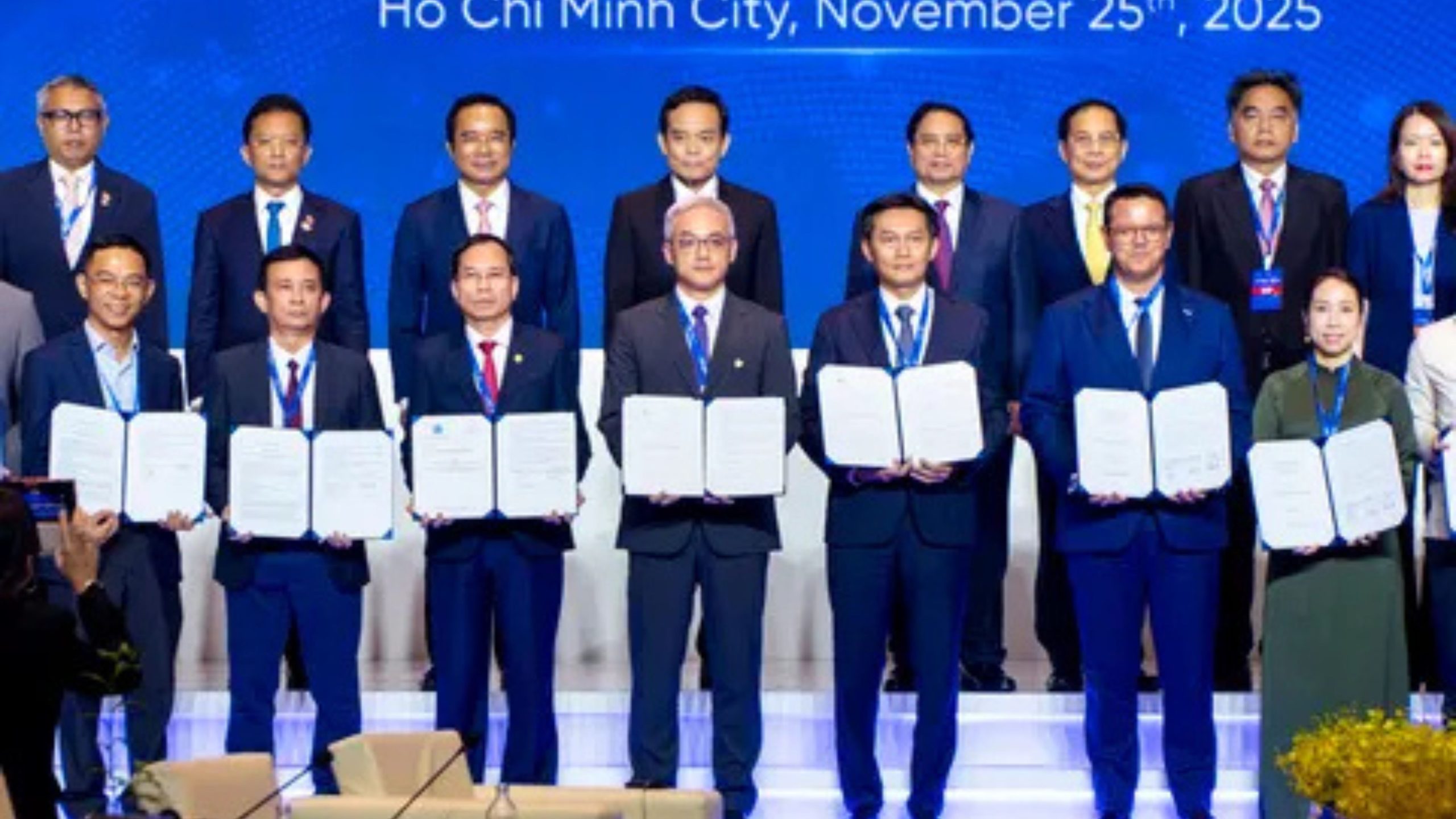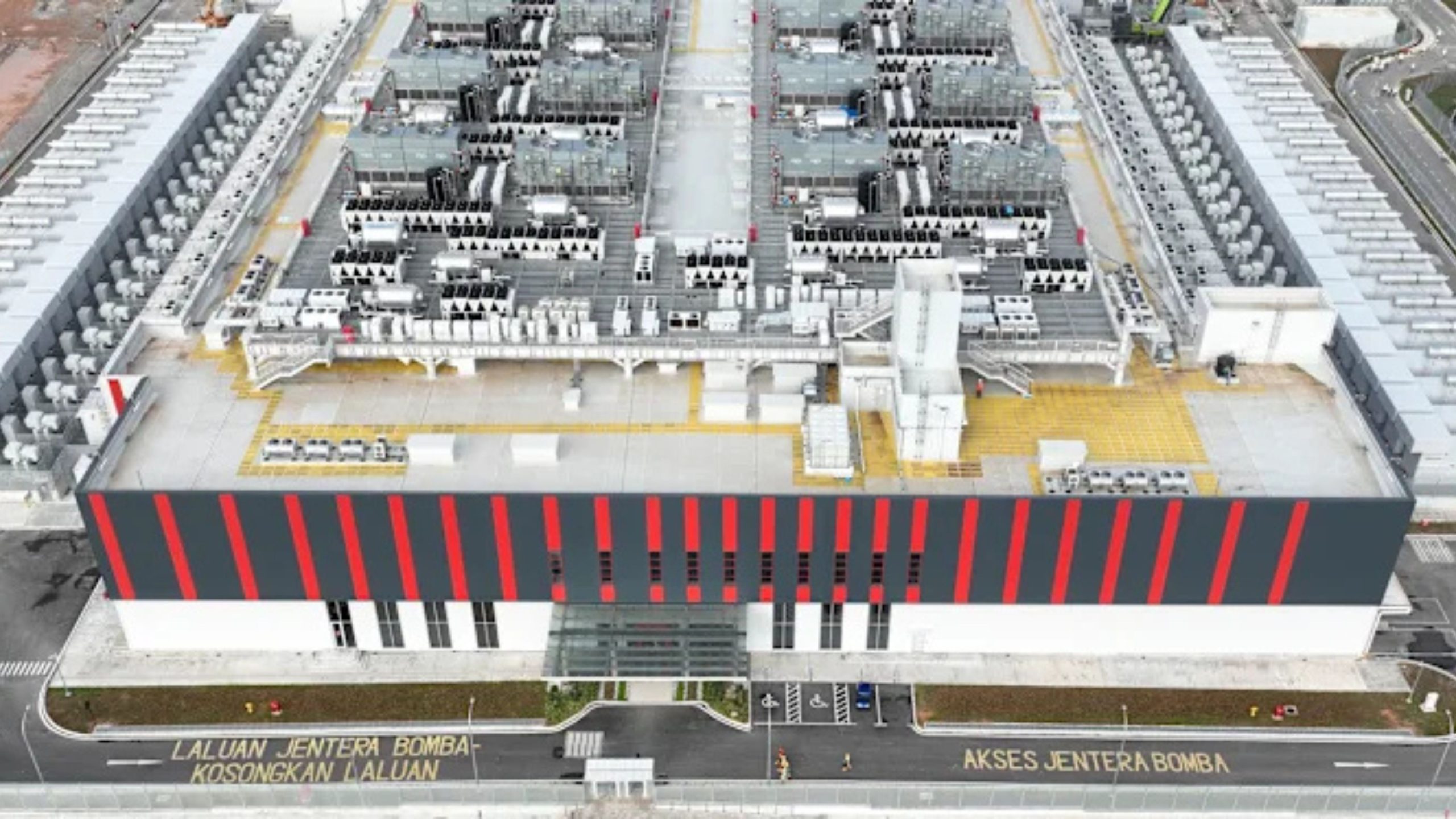AsiaTechDaily – Asia's Leading Tech and Startup Media Platform

Malaysia’s Bold Bet: Can a $475M Climate Fund Kick-start a New Green Startup Wave?
KWAP’s Dana Iklim+ puts RM2 billion behind infrastructure, private equity, real estate, and nature-based projects — here’s what it means for founders, investors, and the region.
Malaysia’s public sector pension fund, Kumpulan Wang Persaraan (KWAP), has launched Dana Iklim+, the country’s first climate-focused investment fund, marking a defining step in Southeast Asia’s sustainable finance landscape.
With an initial commitment of RM2 billion (approximately $475 million), the fund will back projects and companies driving Malaysia’s transition to a low-carbon and climate-resilient economy. Unveiled at the Kuala Lumpur Sustainability Summit 2025, the initiative was officiated by Datuk Seri Johari Abdul Ghani, Minister of Plantation and Commodities and Acting Minister of Natural Resources and Environmental Sustainability.
Through Dana Iklim+, KWAP plans to deploy capital across infrastructure, private equity, real estate, and nature-based solutions, targeting both financial returns and measurable climate impact. The fund is expected to help avoid or mitigate up to one million tonnes of CO₂ equivalent, setting a new standard for how institutional investors can align profit with purpose.
Institutional Power Meets Climate Purpose
Minister Johari described the initiative as evidence that Malaysia’s capital markets can become a powerful driver of climate resilience and inclusive growth. He emphasised that the country’s journey to net-zero by 2050 hinges on collaboration between public institutions and private capital.
For KWAP, this fund represents more than a financial instrument — it is a statement of intent. Chief Investment Officer Hazman Hilmi Sallahuddin called Dana Iklim+ “an integral part of our strategy to advance Malaysia’s transition to a low-carbon economy.” He noted that the pension fund is deliberately mobilising institutional capital to deliver both environmental impact and sustainable long-term growth.

How Dana Iklim+ Is Structured
Unlike traditional green investment vehicles, Dana Iklim+ follows a multi-asset strategy that allows KWAP to participate in different stages of the investment lifecycle. This means it can support early-stage companies through equity, finance infrastructure projects, or invest in real assets that promote sustainability.
The fund operates within KWAP’s impact measurement framework, which tracks performance across six dimensions — including climate resilience, national alignment, and contributions to the UN Sustainable Development Goals (SDGs). This data-driven approach links investment decisions to measurable outcomes, strengthening accountability and encouraging greater private-sector participation.
The “+” in Dana Iklim+ — A Broader Mission
The “plus” in Dana Iklim+ underscores that this initiative goes beyond decarbonisation. It also targets wider social and environmental outcomes such as food and water security, renewable energy access, and inclusive economic participation.
This reflects KWAP’s understanding that a credible climate strategy must tackle interconnected challenges — where sustainability, economic inclusion, and resilience converge. As Hazman Hilmi explained, “We aim to invest in solutions that create lasting value for Malaysia’s future — not only through emissions reduction, but through shared prosperity.”
Building on a Foundation of Catalytic Investment
Dana Iklim+ is KWAP’s third catalytic investment programme, following Dana Pemacu and Dana Perintis, both designed to strengthen Malaysia’s private-market ecosystem. Together, these initiatives demonstrate a clear evolution in KWAP’s investment philosophy — from supporting local innovation to embedding climate responsibility at the core of its portfolio.
By aligning Dana Iklim+ with national frameworks such as the National Energy Transition Roadmap (NETR), the Madani Economy Framework, and the Finance Ministry’s GEAR-uP initiative, KWAP positions itself as a key enabler of Malaysia’s long-term sustainable growth agenda.
Implications for Startups and Venture Capital
The establishment of Dana Iklim+ could reshape Malaysia’s early-stage ecosystem in subtle but important ways. When a major institutional player commits to climate finance, it legitimises emerging sectors like clean energy, circular economy, agri-tech, and nature-based solutions, encouraging more venture and growth capital to follow.
Startups working on measurable climate outcomes — from low-carbon technologies to sustainable infrastructure — are likely to benefit from new funding pathways. However, they will also face higher standards for reporting and impact verification, as institutional investors demand data-driven accountability.
For venture investors, the rise of Dana Iklim+ may signal a shift toward blended finance models, where private equity works alongside public and concessional capital to fund scalable climate innovations.
Regional Ripple Effects
Beyond Malaysia, Dana Iklim+ signals a maturing of Southeast Asia’s climate finance landscape. It complements national initiatives such as Bank Negara Malaysia’s Climate Change and Principles-Based Taxonomy and Bursa Malaysia’s ESG reporting standards, which together are helping to standardise green capital flows across the region.
If successful, the fund could serve as a prototype for other emerging economies seeking to combine institutional discipline with climate ambition. Its structure — built on measurable impact, national alignment, and private collaboration — offers a practical roadmap for bridging the region’s chronic green financing gap.
A Measured Step Toward Net Zero
With a target of achieving a net-zero investment portfolio by 2050, KWAP is showing that institutional investors can be catalysts for long-term climate transition. The true test, however, will be execution — ensuring that capital flows into projects that are not just symbolic, but scalable and measurable.
Still, Dana Iklim+ represents progress: a serious allocation of capital, grounded in performance metrics, and guided by national priorities. If it succeeds, it could transform Malaysia’s reputation from a policy follower to a regional leader in sustainable finance.
Quick Takeaways
- KWAP’s RM2bn fund signals that climate finance is becoming institutional in Malaysia.
- Founders should sharpen impact metrics and design bankable, climate-aligned projects.
- VCs should explore blended financing structures that match the fund’s multi-asset approach.
- Success will depend on measurable outcomes, credible reporting, and the fund’s ability to crowd in private capital.


